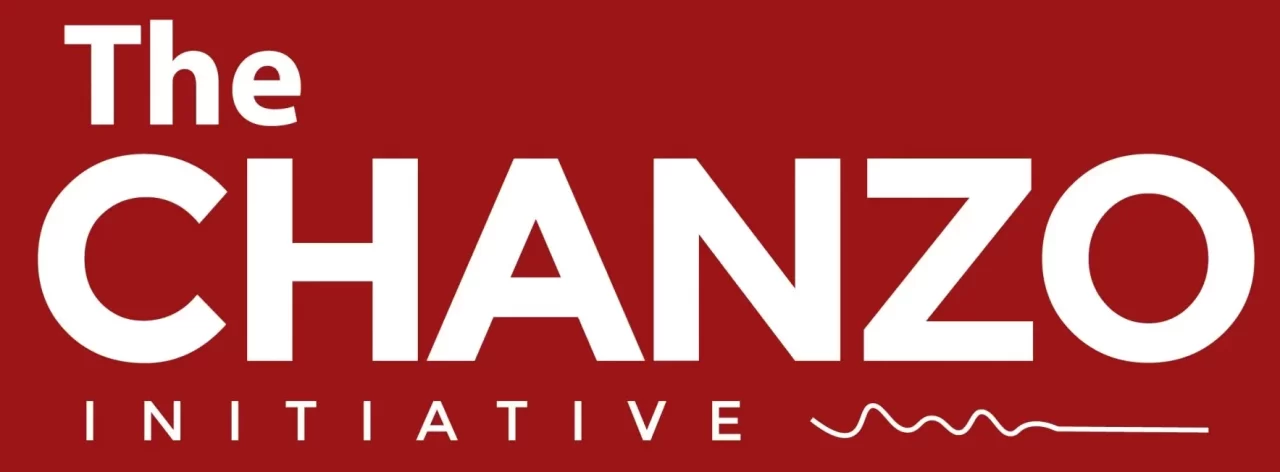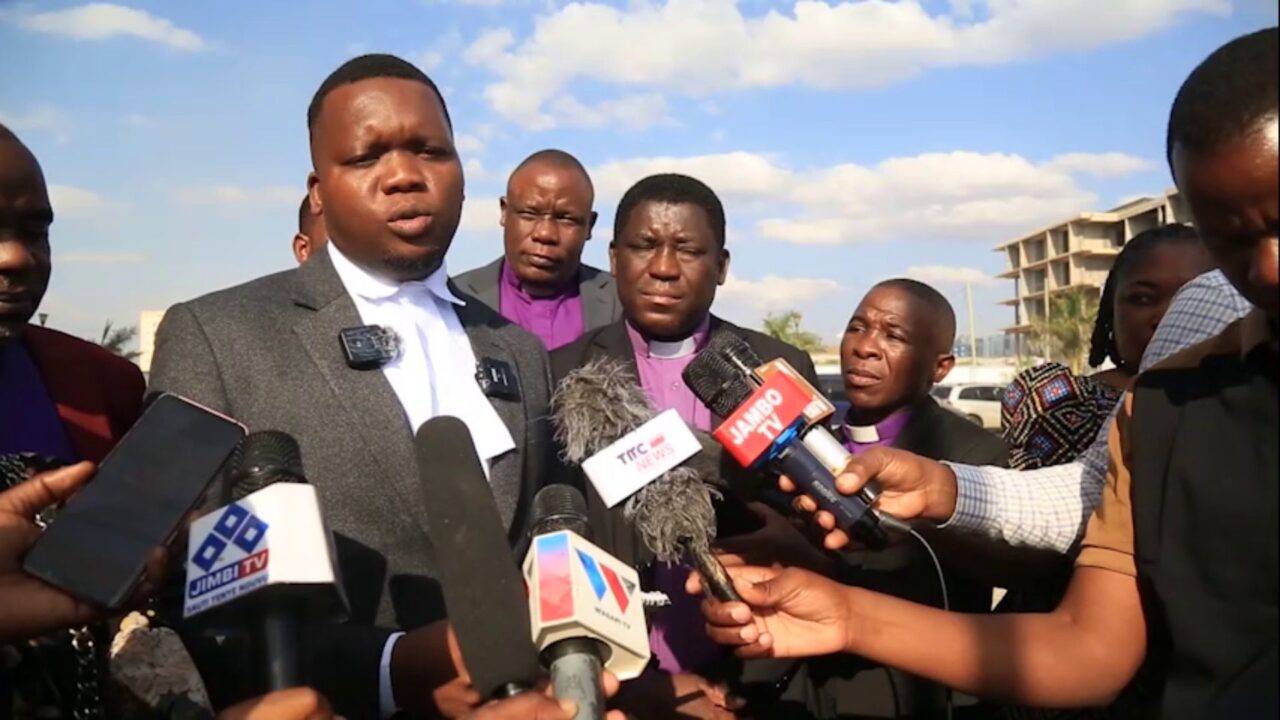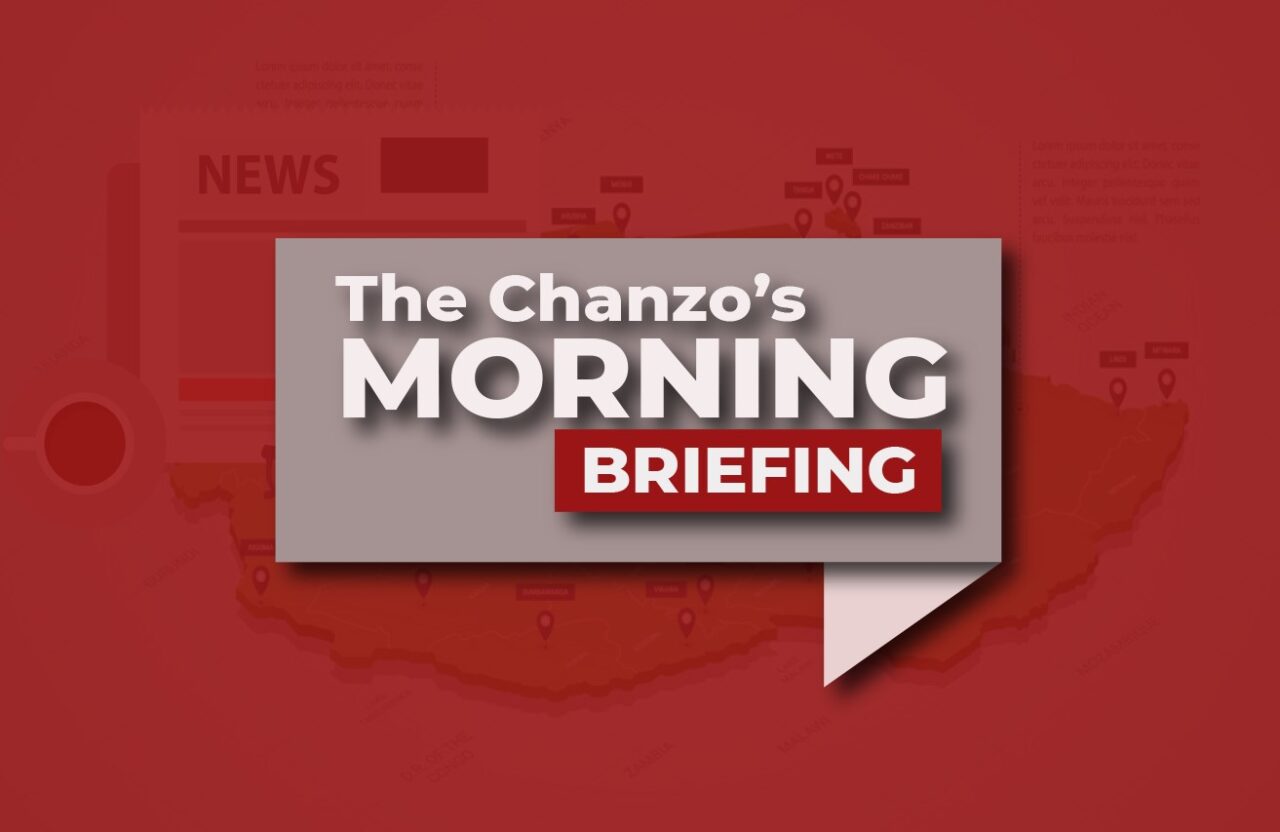Bodabodas drivers were back in the news last week, causing a stir on social media platform X, formerly Twitter.
This followed a statement in parliament by Deputy Speaker Mussa Azzan Zungu. Replying to a fellow ruling Chama cha Mapinduzi (CCM) MP’s question, Zungu noted that bodabodas are a “very big problem,” adding, “especially regarding [drivers’] application of road rules.”
He went on, “You must have a special strategy to control the accidents they cause, and you must have strict laws to control them and even arrest them because if you go to [Muhimbili Orthopaedic Institute] MOI right now, 90 per cent [of patients] are young people.”
As bodaboda drivers themselves will tell you, accidents are a problem. But Zungu’s call for tough measures to address it raises further questions. Who should these “strict laws” be targeting? More to the point, what’s behind the rising number of motorcycles on the road? And who or what causes accidents?
The typical answers—drivers, drivers, and drivers again—are not so straightforward. Without a deeper understanding, we risk exacerbating current inequalities in the bodaboda industry while doing little to limit accidents.
Big business, poor drivers
The word bodaboda is often used synonymously with bodaboda driver, as in Zungu’s own statement.
Drivers did invent East Africa’s motorcycle taxi business, starting in Uganda. In Dar es Salaam, some recall the early days when they had to convince would-be passengers to ride a bodaboda. They also talk about the gradual process of organising into self-regulating vijiwe, or parking areas.
Since drivers first laid these foundations, many other actors have learned to make money in the bodaboda industry.
The value chain now stretches from manufacturers in China and India to importers, assembly plants, asset finance and ride-hailing companies, various other platform service providers, venture capitalists from Silicon Valley to Paris, as well as a plethora of private owners, big and small, who rent to drivers.
In the East African market, Uganda and Kenya were the early movers. Tanzania is now fast catching up. MeTL Bajaj opened its first motorcycle assembly plant in 2018. WatuAfrica, with a presence in seven countries across East and West Africa, also entered the Tanzanian market.
Both NMB and CRDB, alongside many smaller banks, have started offering their own vehicle lend-lease options. Ride-hailing companies like Bolt and Uber are vying for market share with a mix of Egyptian-owned and Tanzanian competitors. Among other FinTechs, Piki Tanzania is here at your service, promising “Food & MORE! Delivered FAST!”
All these actors have benefited—to varying degrees—from a conducive policy environment and a broadly positive public image. For instance, an EAC decision to waive tax on imported motorcycle parts was a boon to assemblers.
READ MORE: Getting Ahead or Getting Exploited?: Here Is How We Can Make Bodaboda, Bajaj Driving in Dar Better
MeTL Bajaj is also celebrated in the media for creating quality jobs. Bolt and Uber won a battle with regulators, allowing them to charge drivers 25 per cent per trip. Meanwhile, Watu markets itself as a solution to Africa’s rapid demographic and urban growth, “giving people opportunities to build and change the course of their lives.”
With this level of capital investment and policy inducement, it is no wonder that Tanzania’s motorcycle market stood at US$260 million in 2022. Corporate actors are also bullish about future growth, projected at four per cent annually in coming years. One manager at a leading commercial bank pointed out that even India’s motorcycle market—estimated at US$299 billion—had yet to reach saturation point.
Private capital, then, anticipates many more motorcycles in Tanzania’s future, banking on a broad trend across lower-income, rapidly urbanising countries. But where are the drivers in this booming market?
High-interest rates, the rapid depreciation in vehicle value, and mounting repair costs make it difficult for them to own their own vehicle, let alone accumulate enough to invest in another business venture.
In Dar es Salaam, a majority still do not own a vehicle, while a median income of Sh15,000 per day leaves little room to manoeuvre, particularly as most drivers also have dependents. Among those interviewed, some with over 15 years of driving experience, drivers were doing well if they managed to buy a plot of land and start building a house.
READ MORE: Motorcades And Bodabodas: The Green Saviour Complex?
Despite providing the initial innovation, drivers now feature as the lowest paid and most precarious players in a crowded motorcycle market, not to mention being stigmatised. As one driver concluded, “Our industry has money, but we are poor.”
Accidents, whose fault, really?
This brings us to the question of accidents. Big capital investors may be turbocharging the bodaboda boom, but surely drivers are to blame for excess accidents and related injuries? Again, several assumptions need unpacking here.
First, crashes involving motorcycles are a leading cause of injuries and fatalities compared to other modes of transport. However, this is not necessarily because of excess accidents relative to other motor vehicles. One study notes that whereas motorcycles made up 54 per cent of registered vehicles in 2016, the proportion of reported crashes involving motorcycles was slightly lower at 51 per cent.
We might conclude that Tanzania has a major problem with excess road traffic accidents, full stop. Motorcycle crashes are seemingly only the most visible—and vilified. This visibility is likely due to the high injury rate, itself a result of riders’ exposed bodies being exceptionally vulnerable.
It also stems from the popular perception that bodaboda drivers are reckless young men, as exemplified in Zungu’s earlier-quoted statement. But are they? Yes, drivers are overwhelmingly men, but they are not especially young.
The youthful stereotype arguably has more to do with the entrenched idea that precarious motorcycle driving only befits a young person, not a mature adult with a respectable, high-skilled trade. Even bodaboda drivers—many well over 30, 40, even 50 and above—refer to each other as vijana, suggesting that society has projected onto them a perpetual youth with all its associated stigma.
READ MORE: Lawless ‘Boda Boda’ Riders Irk Deputy Speaker Zungu: ‘I’m Disappointed’
As for whether drivers are reckless, it depends, and the reasons for this variation are telling.
One study found that drivers who do not own their vehicles are three times more likely to have road traffic injuries. This, in turn, is largely because they are more likely to work longer days and engage in riskier driving behaviour, both of which are associated with higher earnings. Riskiest of all are drivers working to pay off a loan and thereby own their vehicle.
Taking this explanation a step further, we can see that the financial pressure vehicle owners and lenders put on drivers is itself a cause of accidents. Rather than reckless young men, strict repayment schedules and high interest rates—sometimes well over 50 per cent—are at least partly to blame when drivers work to exhaustion or speed, all so they can earn enough cash.
Drivers themselves will tell you. “The source of many accidents: motorcycle loans.”
Time for a bodaboda bill
Going back to where we started, “strict laws” targeting drivers will not solve the accident problem. More likely, they would add to “police harassment,” already listed among drivers’ top concerns.
Instead, there needs to be a comprehensive approach. This could tackle both the inequalities in the bodaboda industry and the—partly related—causes of accidents. Drivers have many ideas about what this approach might entail, calling for “Muswada wa Pikipiki bungeni,” a Motorcycle Bill in Parliament.
READ MORE: How Does Tanzania Roll With the Electric Car Revolution?
Government policy often gestures towards a generic “youth” category. This legislation, though, could offer a set of tailored measures specific to the bodaboda sector and, especially, to the needs of drivers on whose labour it relies.
Their priority is, unsurpringly, more support to become driver-owners. This could be through forming associations, SACCOS, and other forms of cooperative, perhaps backed by more low- or no-interest loan options.
The government is already taking steps in this direction, but action needs to be far more coordinated. For instance, the Land Transport Regulatory Authority (LATRA) has mooted the idea of SACCOS, but tough new regulations introduced by the Bank of Tanzania mean this option is all but out of reach for watu wa hali ya chini, or people in a “low situation.”
There is also government interest in formally recognizing bodaboda “vituo” (stations), as they are calling them. But planning regulations require that these be seven metres from the road, which drivers argue is wholly unrealistic.
Another area the government could consider is the regulation of exploitative labour relations or creditor-debtor relations. Should there be a cap on excessive interest rates, particularly among asset financing companies like Watu?
How could the government better manage the “contested effects” of digitisation, protecting workers’ rights using ride-hailing apps or working for other platform companies? How could fiscal and other policy (dis)incentives be reviewed to help make the bodaboda industry fairer, safer, and more sustainable?
READ MORE: If Development Is Truly About People, Then They Must Care And Fight for It
Research in road safety, specifically, highlights the need for investment in transport infrastructure and more affordable training for drivers. Enforcement is then only one element in this mix.
Whatever action the government takes—or does not take- one thing is certain: bodabodas are here to stay and to multiply.
The question is, will the bodaboda industry continue to witness a growing inequality between new capital ventures and precarious drivers? Or can the government intervene to support a more equitable distribution of benefits, improved livelihoods, and the safety of drivers and the wider public?
Michaela Collord is an Assistant Professor at the School of Politics and International Relations at the University of Nottingham, UK. She can be reached at Michaela.Collord@nottingham.ac.uk or on X as @MCollord. The opinions expressed here are the writer’s own and do not necessarily reflect those of The Chanzo. If you are interested in publishing in this space, please contact our editors at editor@thechanzo.com.




